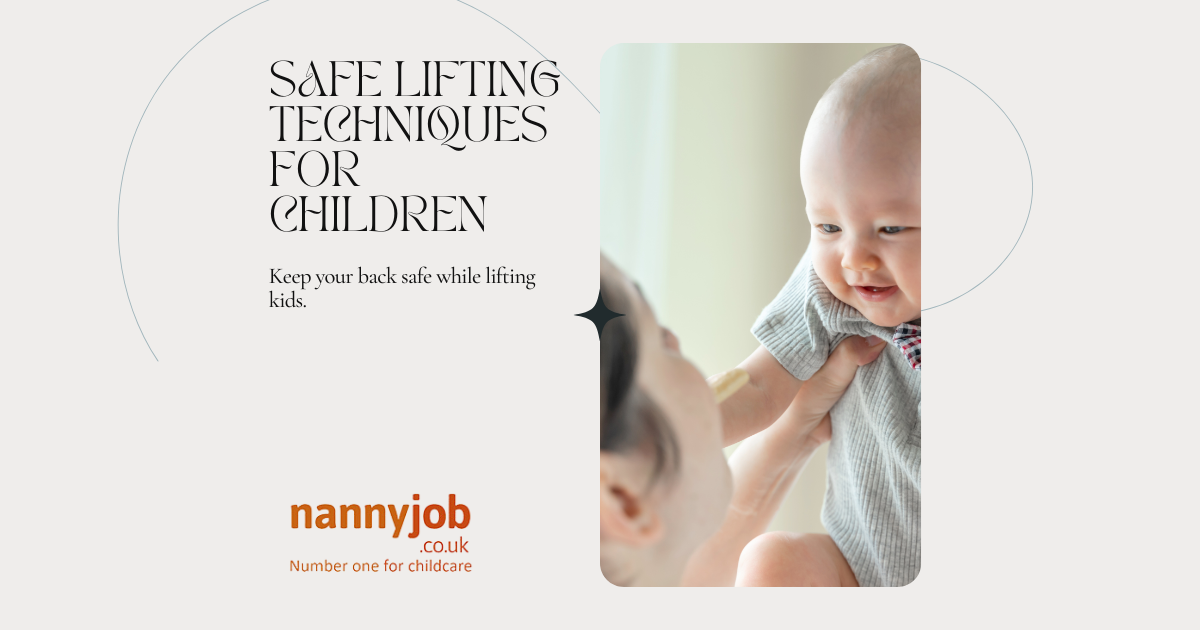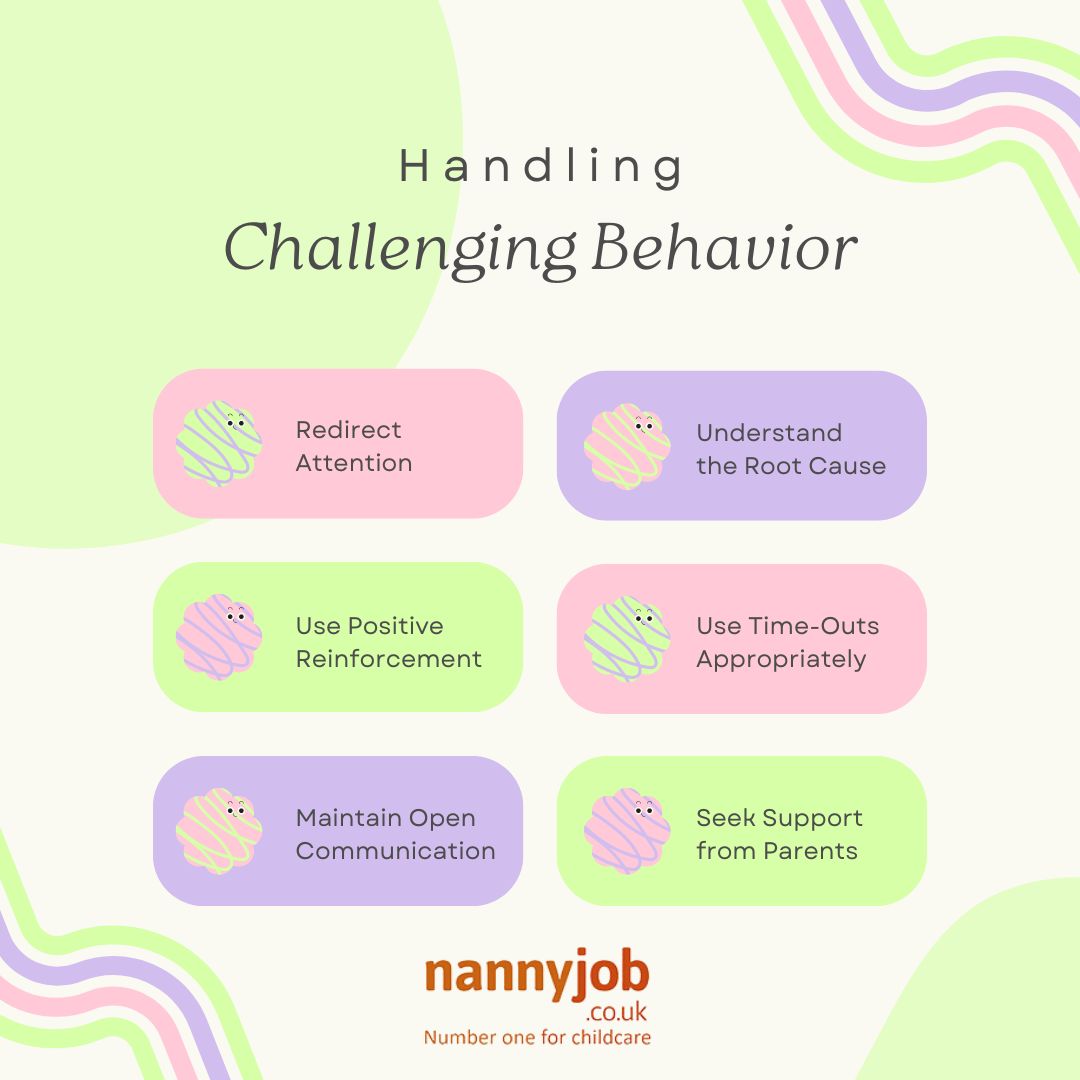Introduction
Bullying is a challenging issue that affects many children, and knowing how to help them stand up to bullies can be invaluable. Empowering a child to handle bullying situations with confidence, resilience, and self-respect can positively impact their self-esteem and emotional well-being. Whether it’s verbal, physical, or online, bullying can have lasting effects, so it’s crucial to give children the tools to navigate these situations. Here’s a guide on helping children stand up to bullies with confidence and support.
1. Foster Open Communication
The first step in helping a child stand up to bullying is to establish a foundation of open, honest communication. Create a safe space where they feel comfortable sharing their experiences, feelings, and concerns without fear of judgment. Ask gentle questions, like, “Is something bothering you at school?” or “How are things going with your friends?” By building trust, children are more likely to share their experiences with bullying and seek support.
2. Teach Assertive Communication Skills
Teach your child assertive communication to help them stand up to a bully without escalating the situation. Assertiveness is about expressing oneself confidently and respectfully. Practice responses with them, such as saying, “Stop, that’s not okay,” or “I don’t like it when you do that.” Role-playing these scenarios can help children practice their tone and body language, ensuring they feel prepared if they encounter a bully.
3. Encourage Building a Supportive Friend Group
Having friends who are kind and supportive can make a world of difference in a child’s school life. Encourage your child to spend time with friends who make them feel valued and included. If they have strong friendships, they’re more likely to feel confident and supported. Encourage them to seek out others who share similar interests, whether in clubs, sports, or other activities.
4. Emphasize Self-Confidence and Self-Worth
Help your child understand that bullying is never their fault and does not reflect their worth. Encourage activities that build self-esteem, like sports, arts, or any hobby they enjoy. Praise their achievements and efforts, even in small things, to reinforce their sense of self-worth. A child who feels confident in their abilities and values is less likely to be negatively impacted by bullying and may even feel more empowered to stand up for themselves.
5. Teach Them When to Walk Away
Not all situations require a confrontation. Teach your child that it’s okay to walk away from a bully. Bullies often seek a reaction, so by refusing to engage, your child can deny them the attention they seek. Walking away and seeking help from an adult is a strong and effective way to handle the situation without escalating it.
6. Encourage Reporting and Seeking Help
Teach your child the importance of reporting bullying to a trusted adult, whether it’s a teacher, counselor, parent, or another responsible figure. Reassure them that asking for help is not a sign of weakness. Help them understand that adults are there to protect them and take their concerns seriously. If the bullying continues, working with the school or organization can create a safer environment for your child.
7. Discuss the Importance of Online Safety
With cyberbullying on the rise, it’s essential to educate children about online safety. Teach them to keep personal information private, avoid responding to negative messages, and report any instances of cyberbullying. Encourage them to think before they post and remind them that they can block or mute users who engage in bullying behavior.
8. Be a Positive Role Model
Children learn a lot by observing the adults around them. Model healthy ways to handle conflict and stand up for yourself respectfully. Show empathy and compassion toward others, especially those who may be experiencing hardship. When children see their parents or caregivers handle challenges with confidence and respect, they are more likely to adopt similar behaviors.
Conclusion
Helping children stand up to bullies is about empowering them with the confidence, resilience, and communication skills they need to navigate difficult situations. By fostering open communication, teaching assertiveness, and providing a strong support system, we can give children the tools to handle bullying with confidence and courage. Remember, they’re not alone—and with our support, they can face challenges with strength and resilience.


 From measuring ingredients to decorating cupcakes, baking is a fun, hands-on activity that helps children develop skills like measuring, counting, and following instructions. Plus, it’s a great way to spend quality time together. Here are some easy-to-do recipes and tips for encouraging children to enjoy baking.
From measuring ingredients to decorating cupcakes, baking is a fun, hands-on activity that helps children develop skills like measuring, counting, and following instructions. Plus, it’s a great way to spend quality time together. Here are some easy-to-do recipes and tips for encouraging children to enjoy baking.









